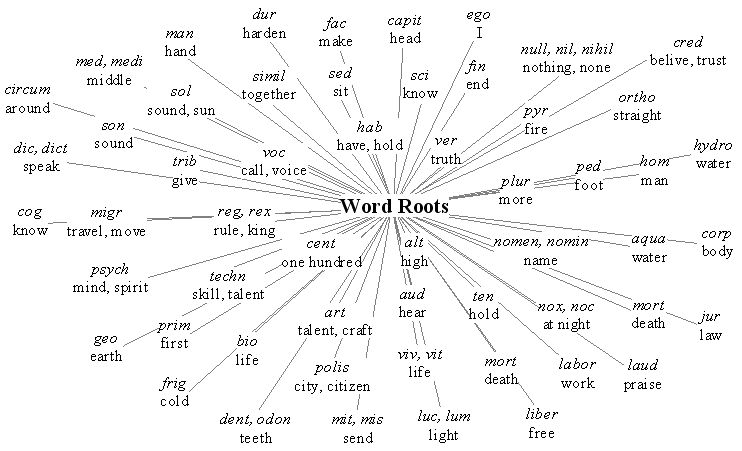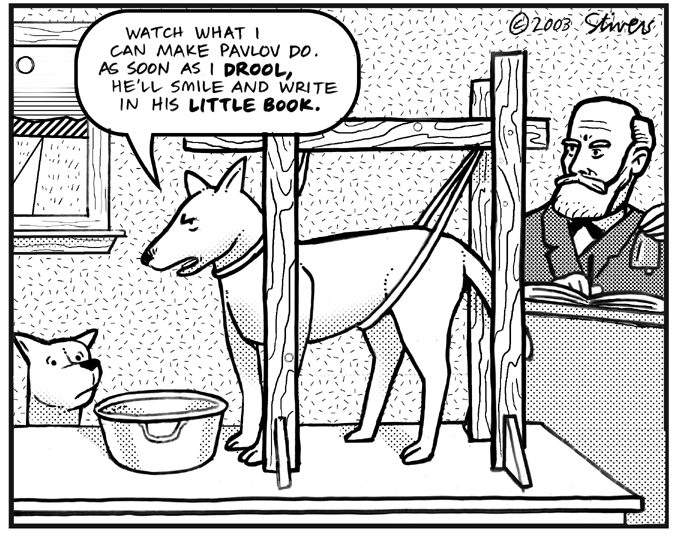Tall tales are stories written from someone’s imagination. The story can be funny or silly. They are filled with exaggerations, similes, metaphors, and lots of descriptive language. It is always told as if it were true, even though the listeners know that the story could never really happen.
Some of the characters were real heroes and heroines whose stories got exaggerated a lot, others were characters such as cowboys, railroad workers, loggers, sea captains, and firefighters. Tall tales told information that really happened at the time and combined it with a wild tale full of fantasy.
In general there were some bad things about tall tales. They were negative towards Native Americans, African Americans, women, and animals. The tales were about people who were trying to conquer the American Wilderness. Most of these tall tales were written back in the 1800s when the pioneers were trying to conquer the wilderness of America. It was a way for the pioneers to make the taming of America a little easier to handle.
History
Many settlers originally came west because someone made many optimistic claims, those which told only of the good things. They were told the climate was perfect and that there was plenty of water. They were convinced that crops would spring up overnight. It was said that the soil was so fertile that even footprints would grow!
In real life, living on the plains was a lot tougher that the settlers had been told. After they found out what life on the plains was really like, they had to face many hard times. It was easier to do that if a person used humor. One farmer is reputed to have said, “It could be so hot one day that the corn popped, and so cold the next day that a bucket of water would freeze so fast that the ice would still be warm."
The settlers loved to exaggerate when they told tales about the huge animals, the incredible weather extremes and the monstrous fish that got away. We can thank the pioneers for tall tales. Tall tales have been associated with America’s past.
Tall Tales are part of our nation’s oral history. We can make many connections between such tall tales and events in history. Among these are John Henry and the expansion of the railroads, Paul Bunyon and the timber industry, and Johnny Appleseed and agriculturalism. Tall tales were stories told and passed down from generation to generation.
Ref: School District of Greenville County, 2012, http://www.greenville.k12.sc.us/stone/staff/lessons/bennett/tales.asp
Myths are among the oldest stories ever told. They are present in all cultures and often explain some aspect of nature or human existence. According to PBS, “For thousands of years, people all over the world have told stories to pass down the history, culture, and morals of their society to each new generation. One type of traditional story is the creation, or origin, story. Creation stories, also called ‘creation myths,’ describe the origin and nature of the universe, and often convey particular belief systems or values.”
Your tasks:
1. Read/listen/watch the following tall tales: John Henry, Paul Bunyon, Johnny Appleseed. As you read/listen/watch, make a 2-column list. One column should list the realistic/historical aspects of the story, and the other column should list the exaggerated portions of the story. Try to include at least 3 items in each column for each story.
2. Read, listen to, and/or watch 3 of the following myths: The Raven Story, Prometheus, Izangi and Izanami, and Genesis 3. Record the following information for each myth:
Title of Story
|
Culture & Geographic Area
|
Explains the creation of…
|
Major Characters
|
Cultural Values
|
Setting: mostly human, spiritual, or natural world?
|
Your tasks continued:
3.
A. Watch the video: "Punctuating Dialogue:" http://www.youtube.com/watch?v=xS2b4N8aiVU.
B. If you still are confused about the conventions of writing dialogue, visit this website: http://www.be-a-better-writer.com/punctuate-dialogue.html
C. Rewrite (you can copy & paste then edit) the following dialogues with correct punctuation, capitalization, & paragraphing: Dialogue Exercises.
D. Write a dialogue between two characters (real or fictional) in which each character says at least five different things. It doesn't necessarily need to have a beginning, middle and end--so you can start the conversation at any point or you can end it abruptly (after ten total quotations). The point is for you to practice writing dialogue correctly. Submit it as a comment below.
4.
A. Read the following imagery-rich passage, paying attention to details that make you see, hear, smell, taste, and/or feel that which is being described:
“The hot July sun beat relentlessly down, casting an orange glare over the farm buildings, the fields, the pond. Even the usually cool green willows bordering the pond hung wilted and dry. The low buzzing of mosquitoes hung about us. Our sun-baked backs ached for relief. We quickly pulled off our sweaty clothes and plunged into the pond, but the tepid water only stifled us, and we soon climbed onto the brown, dusty bank. Our parched throats longed for something cool—a tart strawberry ice, a tall frosted glass of sweetly sour lemonade.
“We pulled our clothes out of the crackling underbrush, the sharp briars pulling at our heavy, wet clothes. We wriggled into our damp jeans and ambled toward the watermelon patch. As we began to cut open the nearest melon, we could smell the pungent skin mingling with the dusty odor of the dry earth. Suddenly, the melon gave way with a crack, revealing the deep, pink sweetness inside.”
B. Then, list ten examples of phrases from the passage that show imagery &classify them by the sense to which they appeal (sight, hearing, smell, taste, or touch).
5. Learn about and active versus passive voice here. Then, quiz yourself by filling in the Google Form. Turn the passive sentences into active sentences correctly for full points.
6. Expand your vocabulary by learning about Greek and Latin roots. View and complete the following worksheet that will expose you to and give you practice with 14 common roots.
7. Complete the activity More Root Words.
#8 : Complete this worksheet about major poetic devices. (3 points)
#9 :Complete the poetry analysis worksheet to learn how poets use some of these devices.
#10 :Alliteration Tongue Twisters: Write an original alliteration tongue twister that incorporates at least seven alliterations with the same initial sound and (at least somewhat) makes sense.
- Remember, alliteration is when two or more words share the same initial sound
- Ex. “Down and Dirty”
- When you string a bunch of alliteration together, you get a tongue twister.
- Peter Piper picked a peck of pickled peppers.
#11 : Write a limerick, a five line poem that follows the rhyme scheme A A B B A, in which the “A” lines are eight or nine syllables and the “B” lines are six syllables. See three different examples below:
There once was a gray poodle named Spark.
(A= "ark," 9 syllables long)
Quite talkative, he so liked to bark.
(A= "ark," 9 syllables long)
Sometimes running he found
(B= "ound," 6 syllables long)
His feet all off the ground
(B= "ound," 6 syllables long)
Especially on "walks" in the park.
(A= "ark," 9 syllables long)
There once was a girl who loved rhyme; (8 syllables)
She felt her writing was sublime. (8 syllables)
Indeed quite a poet, (6 syllables)
Though some didn't know it, (6 syllables)
She'd be rich if each paid a dime. (8 syllables)
There was a mean clown in the circus.
For fun he would push us and jerk us.
He would hit us with pies
That left cream in our eyes.
His act never once failed to irk us.
#12 : Review some major forms of figurative language by completing 20 examples on the worksheet.
#13 : Colors can give your poems some symbolic significance through the different connotations that we associate with colors. Examine the chart below that outlines some color symbolism. Read some poems that use color symbolism. Respond to two of the poems. Identify the title and author and describe briefly what effect the poet’s use of color had on the poem.
Color Symbolism Chart
| |
Excitement, energy, passion, love, desire, speed, strength, power, heat, aggression, danger, fire, blood, war, violence, all things intense and passionate.
| |
Pink symbolizes love and romance, caring, tenderness, acceptance and calm.
| |
Beige and ivory symbolize unification. Ivory symbolizes quiet and pleasantness. Beige symbolizes calm and simplicity.
| |
Joy, happiness, betrayal, optimism, idealism, imagination, hope, sunshine, summer, gold, philosophy, dishonesty, cowardice, jealousy, covetousness, deceit, illness, hazard and friendship.
| |
Peace, tranquility, cold, calm, stability, harmony, unity, trust, truth, confidence, conservatism, security, cleanliness, order, loyalty, sky, water, technology, depression, appetite suppressant.
| |
Turquoise symbolizes calm. Teal symbolizes sophistication. Aquamarine symbolizes water. Lighter turquoise has a feminine appeal.
| |
Royalty, nobility, spirituality, ceremony, mysterious, transformation, wisdom, enlightenment, cruelty, arrogance, mourning.
| |
Lavender symbolizes femininity, grace and elegance.
| |
Energy, balance, enthusiasm, warmth, vibrant, expansive, flamboyant, demanding of attention.
| |
Nature, environment, healthy, good luck, renewal, youth, spring, generosity, fertility, jealousy, inexperience, envy, misfortune, vigor.
| |
Earth, stability, hearth, home, outdoors, reliability, comfort, endurance, simplicity, and comfort.
| |
Security, reliability, intelligence, staid, modesty, dignity, maturity, solid, conservative, practical, old age, sadness, boring. Silver symbolizes calm.
| |
Reverence, purity, birth, simplicity, cleanliness, peace, humility, precision, innocence, youth, winter, snow, good, sterility, marriage (Western cultures), death (Eastern cultures), cold, clinical.
| |
Power, sexuality, sophistication, formality, elegance, wealth, mystery, fear, evil, unhappiness, depth, style, evil, sadness, remorse, anger, anonymity, underground, good technical color, mourning, death (Western cultures).
| |





